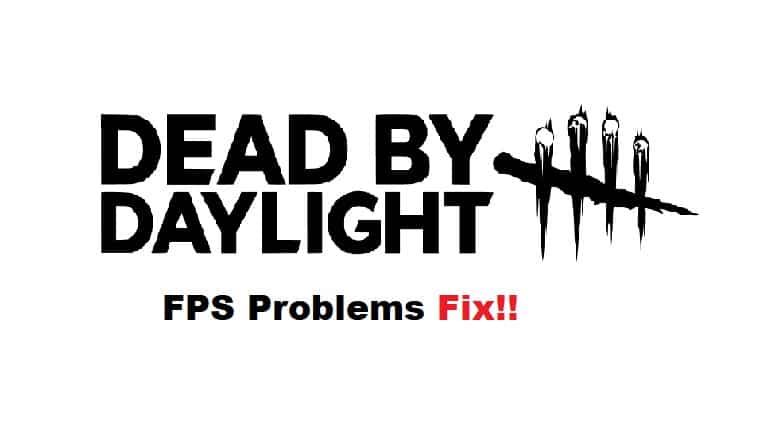
Dead by Daylight (DBD) is an asymmetric survival horror multiplayer game that pits four survivors against one killer in an enclosed arena.
The survivors’ goal is to escape the arena before the timer runs out, while the killer tries to kill them. Because of this asymmetrical nature, the combat mechanics for each side are different, and sometimes it can be difficult to understand what you should be doing as one or the other.
In this guide we’ll go through common problems that people have with their FPS in DBD, and offer solutions so you can improve your performance as either side.
Dead By Daylight FPS Problems
- The Problem with Low FPS
The game Dead by Daylight is an extremely popular multiplayer horror game for the PC. It is played in a first-person perspective with a mouse to control your character.
However, it is not uncommon for players to experience problems with low frames per second, which can be frustrating at best, or impossible to play at worst.
This guide will go over some of the most common causes of low fps and how you can fix them!
- Increase your monitor’s refresh rate
- Lower your graphics settings
- Update to the latest drivers
- Don’t play on integrated graphics processors
- Remove unneeded processes from running in the background
- Adjust power saving settings on your laptop
- Occaisonal Lag Spikes In DBD
The problem with low frames per second is that it causes lag. The higher the frames per second, the lower the lag will be.
As a result, you’ll be able to react quicker to what’s happening on your screen which will make you better at the game overall. If you’re still experiencing some form of lag, try lowering your graphics settings or turning them off altogether.
- Occaisonal Stutter In DBD
Problems with low frames per second can cause a stutter in gameplay, making it more difficult to play. There are a few different reasons for this, so first it’s important to identify the root cause of the low frame rate.
- Turn down graphics settings until your frame rate goes up. If you have high-end hardware but are experiencing performance issues, try decreasing in-game graphics settings such as shadows, resolution, or anti-aliasing until your frame rate improves. Make sure to lower them only as much as necessary.
- Check if your computer has enough RAM.
- Try disabling background programs like Dropbox or Skype while playing Dead by Daylight.
- Update drivers on GPU and CPU components like motherboard chipset drivers, network cards, sound card drivers, BIOS, etc.)
- Close all other programs that are running in the background (e.g., antivirus software, web browsers, chat clients)
- Play on servers with lower player counts
- Enable vsync
- Play at a smaller window size
- Use an SSD instead of an HDD 1
- Upgrade your processor
- Low Frames Causes Visual Glitches
Low frames on Dead By Daylight can cause problems with everything from visibility to gameplay. If you’re experiencing this issue, try a few of these solutions.
- Adjust your graphics settings in the game’s options menu. You may need to lower your resolution or quality to find a sweet spot that doesn’t make the game unplayable.
- Turn off any programs running in the background (i.e., web browsers) that may be causing an issue with resources for the game or slowing it down.
- How To Get Better Frame Rate In DBD?
The key to a better frame-rate in Dead by Daylight is to lower your graphics settings. One way to do this is to change the Graphics Level setting in the game’s settings menu.
By lowering the graphics level, you can reduce the load on your computer’s resources, which will improve performance.
You can also adjust various other settings for brightness, quality of textures, resolution, and anti-aliasing levels.
- What About Screen Tearing?
Screen tearing is a big problem in Dead by Daylight and can be solved with Nvidia Control Panel. There are two ways you can use the Nvidia Control Panel to fix it.
The first way is to set the maximum pre-rendered frames to 1, which will allow your monitor’s refresh rate to sync up with your game’s framerate.
The second way is to set vsync on, which will force the video card to match its output frame rate with your monitor’s refresh rate.
